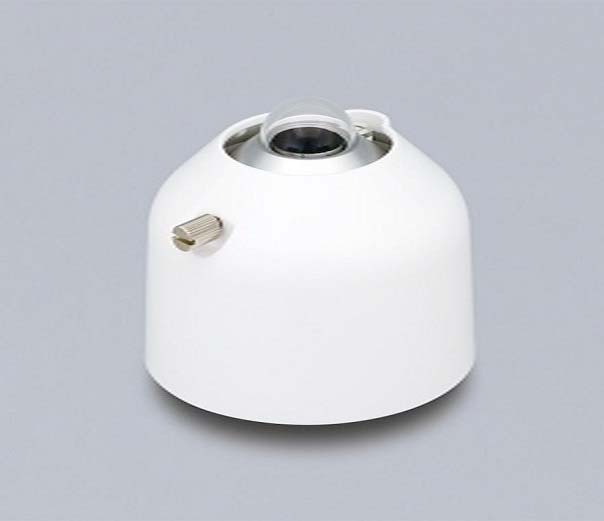Today, the demand for solar projects is on the rise. That is why measuring irradiance has become important. When it comes to solar radiation measuring devices, a pyranometer is a popular device. In simple words, it is an actinometer that measures solar irradiance from a hemispherical field of view. Read the article to know everything about it.
Working of the Pyranometer
A pyranometer comes with a light sensor mounted on a blackened sphere. The sensor helps measure the amount of sunlight reflected off all surfaces in the hemisphere. The measurement is converted to watts per square meter.
The device can measure diffuse, direct, and global horizontal irradiance. While diffuse irradiance refers to the sunlight scattered by the atmosphere, direct irradiance is the amount of sunlight falling on a given surface. On the other hand, global irradiance refers to the average amount of sunlight falling on a particular surface from all directions.
The best thing about the pyranometers is that they do not require any external power source. The sun itself is sufficient to provide the required power. However, some latest pyranometers come with internal power sources to ensure smooth functioning even during cloudy or low-light conditions.
Benefits of Using the Pyranometers
Are you wondering about the advantages of using it? If yes, take a look at the prominent ones.
- The temperature coefficient is very small.
- Provides accurate measurement of performance index and performance ratio.
- The response time is usually more than the PV cells.
- Meets the ISO standards.
- Integrated measurement of all available short-wave solar energy.
Applications of Pyranometer
Now that you know the benefits of using the pyranometer, it is time to explore its benefits. Previously, this device was used for weather monitoring and climatological study. However, with the increase in global interest in solar power, the applications of pyranometers are many. It can be leveraged as a stand-alone device or as a part of a meteorological station. The major applications of the pyranometer are listed below.
- Climatological and meteorological studies
- Prediction of insulation requirements of different building structures
- Measurement of solar intensity data
- Location of commercial greenhouses
- Designing of commercial solar power systems.
Tips to Find the Right Pyranometer
Want to invest in a pyranometer? In that case, consider the tips listed below to make the right choice.
- Look for a Reputed Company: The first thing to do is to look for a reputed company that offers high-quality and reliable pyranometers. Consider the experience of the company and go through the online reviews.
- Check the Specifications: Before making a purchase, be sure to evaluate the specifications of the pyranometer. It includes thermal offsets, response time, temperature response, directional response, and more.
- Evaluate the Cost: Consider the cost of the device. Ensure that it fits your budget well.
Conclusion
By now, you must have a complete understanding of the pyranometer, its working, applications, and benefits. It is time to get one. Whether you want to invest in devices for solar irradiation measurement, salt spray corrosion test, or heat flux measurement, selecting the right device is vital. Collaborate with experienced professionals and select the best device.


No comments yet